Gomphrena flower specifications
- Scientific name : Gomphrena
- Order : Caryophyllales
- Family : Amaranthaceae
- Genus : Gomphrena
- Species : G. globosa
- Native Range : Central America and northern South America
- Bloom Time : June to frost
- Bloom Description : White to yellow with bright magenta bracts
- Sun : Full sun
- Water : Medium
- Maintenance : Low
- Tolerate : Drought, Clay Soil, Dry Soil
Gomphrena, also called Globe Amaranth, is an easy-to-grow annual for any flower garden and make a great addition to dried bouquets. Globe Amaranth (Gomphrena globosa) is native to Brazil, Panama, and Guatemala. It’s a member of the Amaranth (Amaranthaceae) family, which is well-known for its long-lasting blooms.
The brightly-colored flower heads, which resemble clover flowers, are actually made up of stiff structures called “bracts”; the flowers themselves are very small and tucked into these colorful heads. Butterflies and other small pollinators are drawn to these tiny flowers.
read more : Everything about lavender flower : How to Plant & care for them
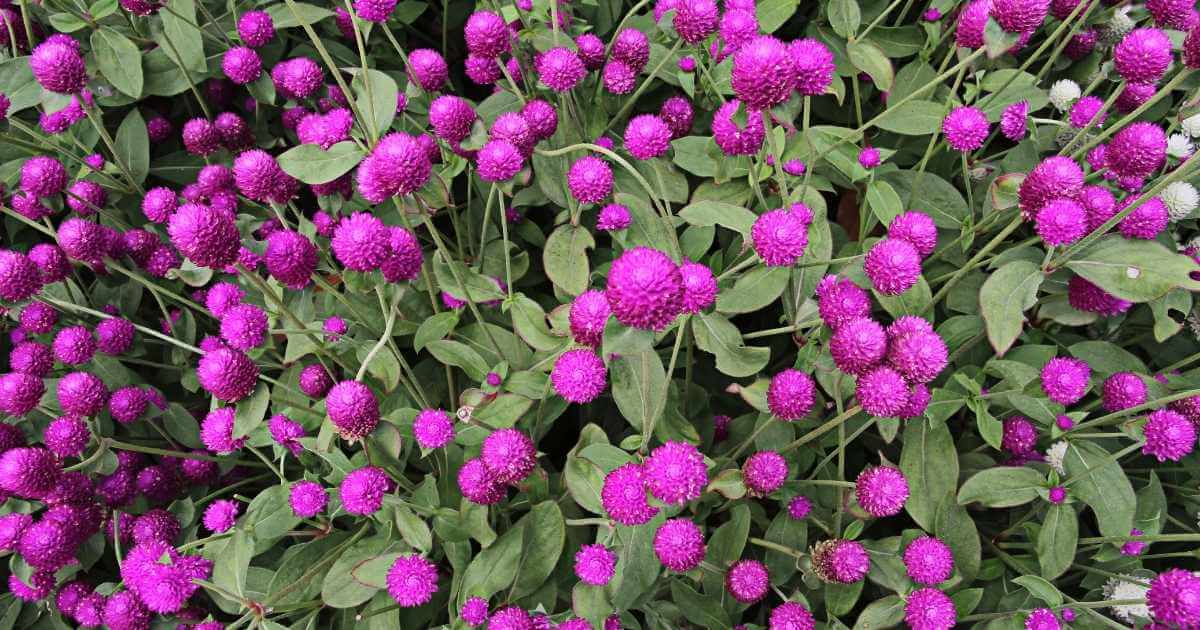
Gomphrena flower is an annual plant and its origin is in tropical regions such as Brazil, Panama and Guatemala. It’s height reaches about 30-40 cm. The stems are branched and hairy. The leaves are elongated, ovate and hairy.
The flowers are in the form of a prominent gomphrena, sometimes individually and sometimes 2 to 3 flowers on a long petal 8-12 cm long that protrudes between two opposite leaves, and each flower plant has a gomphrena It can produce dozens of flowers.
Types of gomphrena species
- Gomphrena agrestis
- Gomphrena canescens
- Gomphrena celosioides
- Gomphrena globosa. Globe amaranth
- Gomphrena haageana. Strawberry globe amaranth
- Gomphrena perennis
- Gomphrena pohlii
- Gomphrena prostrata
- Gomphrena pulchella
- Gomphrena serrata
- Gomphrena sonorae
How to grow gomphrenas in a garden
-
Step 1
Choose a spot in the garden that receives full sun and prepare the planting area well by digging in Yates Dynamic Lifter Soil Improver & Plant Fertiliser.
-
Step 2
Fill starter pots or trays with Yates Seed Raising Mix. Sow seeds, cover, firm down and water well. Keep the soil moist so the seeds don’t dry out. Alternatively, you can sow the seeds directly where they are to grow.
-
Step 3
Water moderately while seeds are establishing.
-
Step 4
The seedlings are ready to transplant when they are approximately 5cm in height.
-
Step 5
When transplanting them into your prepared garden bed, ensure seedlings are well spaced – at least 20cm apart. Water in well.
-
Step 6
Mulch with an organic mulch, such as bark chips, sugar cane or pea straw.
-
Step 7
Feed every 1 to 2 weeks with Yates Thrive Roses and Flowers Liquid Plant Food.
read more : Everything about aster flower : How to Plant & care for them
How to grow Gomphrenas in a pot
-
Step 1
Choose a pot at least 200mm wide and deep. Position in full sun.
-
Step 2
Fill the chosen pots with quality potting mix, such as Yates Potting Mix with Dynamic Lifter.
-
Step 3
Plant directly into the pot by pressing the seeds lightly into the surface of the pot.
-
Step 4
Water moderately while seeds are establishing.
-
Step 5
Feed every 1 to 2 weeks with Yates Thrive Roses and Flowers Liquid Plant Food.
Growing tips
- Remove spent flowers to encourage further blooms.
- Great as a dried flower. Pick blooms when they are fully opened and hang with their heads facing
- down in a cool, well-aired indoor position until they have fully dried.
read more : Everything about cosmos flower : How to Plant & care for them
HOW TO PLANT GOMPHRENA
-
Where to plant :
Grow in a site that receives full sun (at least 6 hours of direct sunlight daily). Although Gomphrena can tolerate partial shade, the flowers won’t be quite as abundant.
-
When to plant :
Set out bedding plants 2 to 3 weeks after the last spring frost date. If growing from seeds, start them indoors 6 to 8 weeks before the last spring frost or scatter them directly in the garden once the soil has warmed up, covering them with a thin layer of fine soil.
-
Soil :
Plant in average, well-drained soil. Globe amaranth isn’t picky when it comes to soil type, and will even tolerate poor or sandy soil as long as it has good drainage.
-
Plant spacing :
Globe amaranth doesn’t like to be crowded, so allow sufficient elbow room between plants to ensure good air circulation. When growing in masses, space plants at least a foot apart.
read more : Everything about corn flower : How to Plant & care for them
-
Water :
Although drought tolerant once established, Gomphrena will benefit from extra hydration during prolonged dry spells. Water whenever the top inch of soil feels dry to the touch, taking care to water plants at the soil line to keep the leaves dry and prevent fungal diseases.
-
Amendments and fertilizer :
This light feeder doesn’t need much fertilizer to thrive. Incorporating some compost or other organic matter into the soil at planting time will usually provide enough nourishment for a summer’s worth of blooms. If the quality of your garden soil is poor, mix a slow-release granular fertilizer into the soil for an extra nutritional boost.
For container-grown plants, use a high-quality potting mix containing a continuous-release plant food. Be careful not to over-fertilize, which will encourage the plant to produce more foliage instead of flowers.
-
Pruning and deadheading :
Globe amaranth does not need pinching or deadheading to put on a continuous show of blooms. However, if you want to encourage bushier growth, especially when growing taller varieties, you can pinch back plants by about half early in the growing season, cutting the stems just above a set of leaves. Snipping off the blooms for use as cut flowers will also encourage branching and promote a new flush of blooms later in the season.
read more : Everything about rose flower : How to Plant & care for them
Iran dried gomphrena flowers
The unique beauty and texture of the gomphrena flower has made it valuable for use in dried flowers or decorations with cut flowers. The appearance of the gomphrena flower is similar to dried flowers, and after touching it, you will notice its delicacy. The flowering period of this plant is long and it flowers from mid-spring to early autumn.
Gomphrena flower is one of Iran’s export goods and has provided a great opportunity for Iranian traders to bring a lot of currency to the country by exporting dried gomphrena flower . Both types of gomphrena flower products can be exported either as fresh cut flowers or as dried flowers because each has its own customer.
The export of dried gomphrena flower has provided a great opportunity for wholesalers and exporters of dried gomphrena flower and other plants to make significant profits.
read more : Drying natural flowers | Introducing 8 wonderful ways to dry flowers
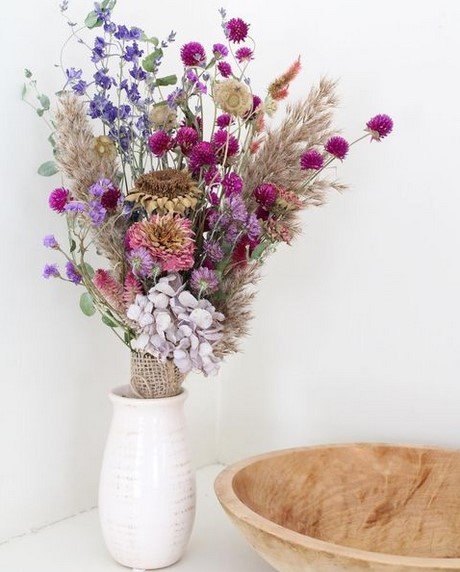
Dried gomphrena flower
Propagate of gomphrena flowers
Propagation of this plant is done through seeds. There are two ways to grow seeds
Transplantation : should be transplanted in cold regions. The seeds should be planted in the greenhouse 6 to 8 weeks before the last winter frost and transferred to the open environment in spring
Direct sowing of seeds : In tropical regions, where the weather is warm, seeds can be sown directly in the main environment
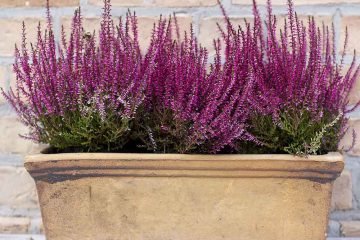
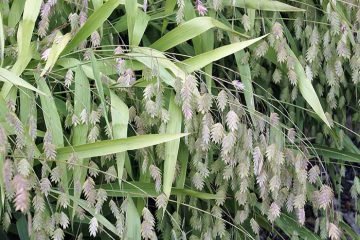
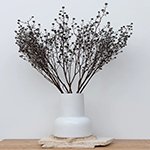
0 Comments